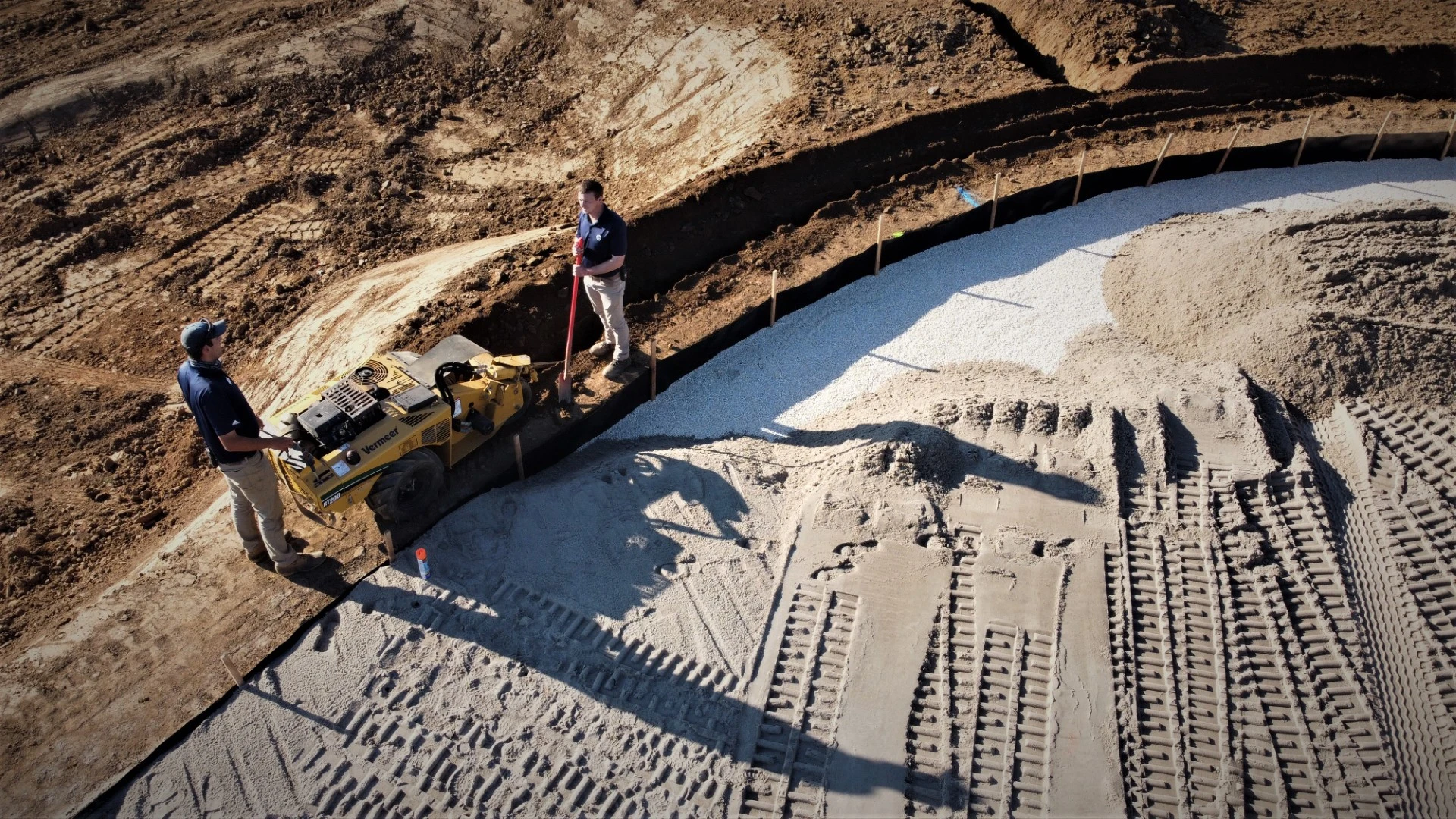
Todd Lowe, agronomist for the Florida region Green Section for the USGA, talks about working with herbicides has changed for southern superintendents, as well as dealing with broadleaf weeds.
What’s causing the heaviest weed pressure in your region this time of year?
Tropical signalgrass and sedges are most active right now. An abundance of rainfall has occurred over the past 4 to 6 weeks in many areas of Florida and this has certainly contributed to weed pressure. Rain makes timing for herbicide applications difficult. Superintendents do not want to waste resources and spray, only to have the material wash away with rain. Also, continual rain and heavy downpours can leach nutrients from sandy soils, thus weakening the base bermudagrass and providing a more conducive environment for weed establishment.
With the loss of MSMA on Florida golf courses, we lost our most economically effective herbicide for selective grassy weed control in bermudagrass turf. Recent research by Dr. Bert McCarty, Clemson University turf professor, has shown there are several very effective herbicide treatments for golf courses but they are also much more expensive than MSMA. Another reason why tropical signalgrass is on the rise is that some superintendents misidentify it with crabgrass. Both are very similar in appearance but have different seedheads.
How intense is broadleaf weed pressure right now?
Broadleaf weed pressure is not intense at most facilities at this time. Doveweed and old world diamondflower are among the most common broadleaves seen on consultation visits lately. Like signalgrass, doveweed and old world diamondflower are not easily controlled with some of the more common standbys for broadleaf weeds. Superintendents need to learn how to identify these weeds, so that they can properly apply the right products.
Latest from Golf Course Industry
- Standard Golf announces new product lineup for 2025
- The Salt Pond taps Troon for management
- KemperSports selected to manage Swansea Country Club
- From the publisher’s pen: Grab that guide
- Introducing our April 2025 issue
- South Carolina leaders honor golf course superintendent
- One and only
- Wild can be good





